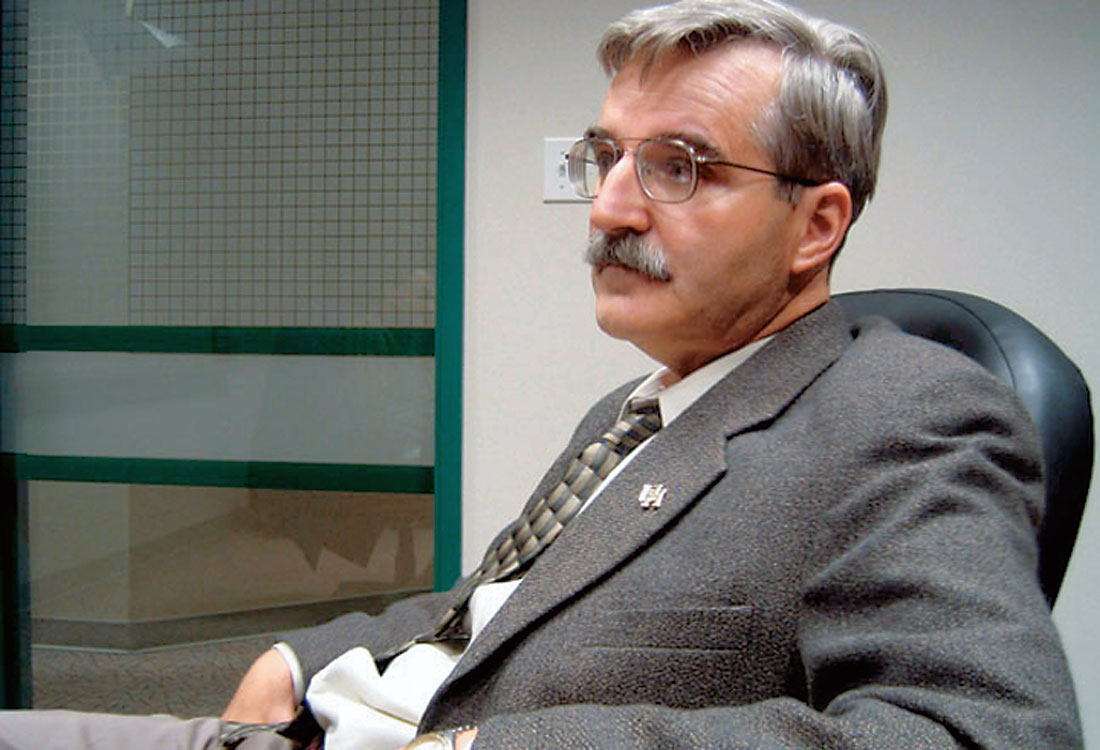
Kurt Marfurt, Director of the University of Houston’s Allied Geophysics Laboratories, was in Calgary recently, so Satinder Chopra and Penny Colton took advantage of the opportunity to interview him. Kurt has spent the last 24 years doing and leading research efforts in modeling, migration and signal analysis, basin analysis, seismic attribute analysis, reflection tomography, seismic inversion and multi-component data analysis. Author of several dozen articles, coeditor of two SEG published books, holder of five patents, and the current Associate Editor for ‘Geophysics’, Kurt has received both the best presentation award for work on modeling (1989) and best paper award for work on seismic coherence (1999) from SEG. Following are the excerpts from the interview.
Here Kurt, the tape is on.
Is this a digital recorder? No, it’s a tape – an old-fashioned one! This is low tech for a big technology company!
Oh well, this belongs to the CSEG. I need to look into getting a digital recorder. Anyway, let me begin by asking you about your educational experience.
I went to Hamilton College in Clinton NY, a very nice liberal arts college. I was a French major and a Physics major as I couldn’t decide what I wanted to do. Fortunately, I was able to link the two; all of my papers in French were about the impact of physical laws such as the uncertainty principle on existentialism, calculus on predestination, the links between Physics and metaphysics, things of that nature. Then for graduate school I went to Columbia University, NY, to the Henry Krumb School of Mines, and I studied mining geophysics there under John Kuo. It was a great program and a great time to be there. I liked working in New York City.
When was that?
1973 through 1978. We took courses in any department we wanted to so I took a lot more courses than the students do today. Then I taught at Columbia for about five years, even as I was finishing, and I left as an assistant professor. New York was very expensive, perhaps the second most expensive city in the country, and I was perhaps the lowest paid professor at Columbia University. Then I went west. I was part of a consortium called the Midas Project that John Kuo led, modelling inversion, diffraction and scattering. The advantage of that consortium to me as a young person was that I got to know everybody in the industry. When the time came to leave, mainly for financial reasons, I just called up Ken Kelly at Amoco in Tulsa and said “ Hey, make me an offer I can’t refuse”. He made me an offer – my wife thought Oklahoma was one of those square states, she didn’t know anywhere beyond the Hudson River – and off we went.
When did you join Amoco?
I joined Amoco in July 1981 and stayed there until about March or April of 1999. Most of that time was in Tulsa, Oklahoma, 18 years.
That’s a long, long time. Why did you choose to leave Amoco?
As you know, Amoco closed their research group in Tulsa so I had to move, no matter what, and, having been with the company 18 years, I had 12 months’ severance and it was an opportunity to re-evaluate where my career was going. When I left Columbia I said, and my wife could testify to this, well we’re only going to leave New York for five years….and it became 18 years. The real reason I wanted to go back into teaching at that time was that in most companies it’s very rare to see anyone over 60 years old so if you want to work late in your career a university is a good place to work. If you like the science – if you love the science – you can have more time doing it in a university. So that was a big factor.
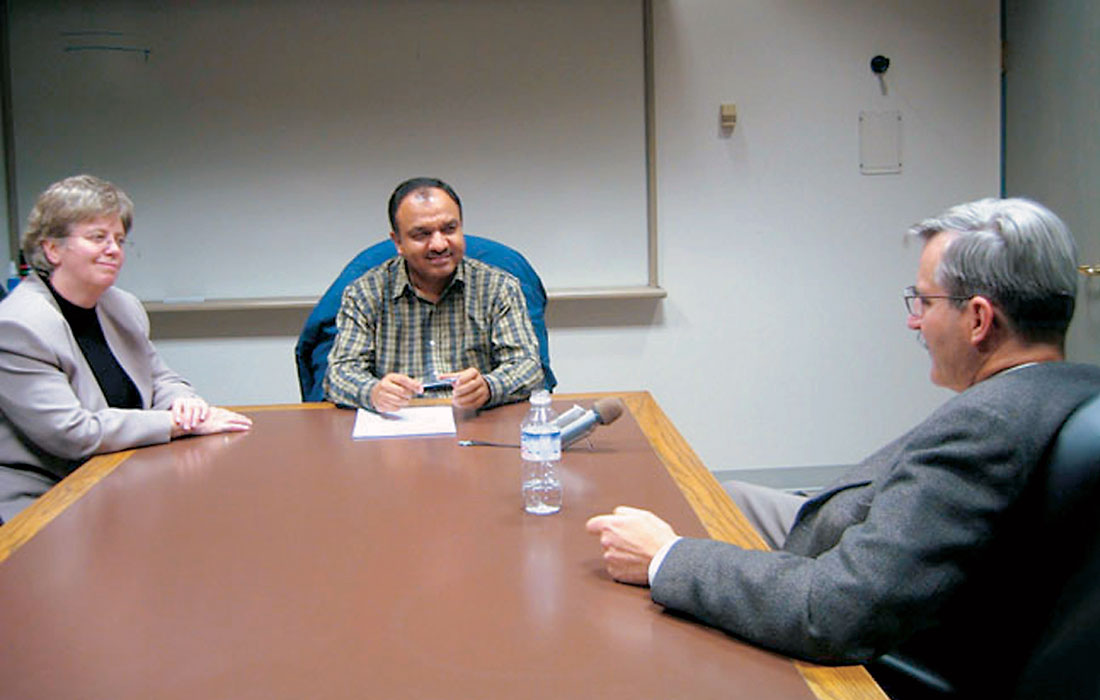
How did you find working for an oil company then coming to teaching? What differences did you experience?
Well I switched twice, I went from teaching to an oil company and back but really the changes in research fro m 1981 through 1999 in Amoco were much greater than the changes in going from Amoco to the university. There were major changes over those 18 years from what you might think of white lab coat science, where great scientists sit in little rooms thinking of new ideas, new formulae and maybe new lab techniques, to 1999, when all our research was very much customer focussed and there was a great deal of training associated with any new technology. In Amoco’s Research centre, at least 50% of the people were involved in internal training, either through the petrophysics program, networks of excellence, or continuing education courses. We also did a lot of internal marketing as to why we used certain best practices, why we used best technology. In a university you are doing a lot of training and certainly doing a lot of marketing. The big change, to go back to your first question, is resources. This won’t be obvious to someone who has worked only in industry but universities are data-poor. In a company like Amoco we had more 3D data and production logs than you could shake a stick at, so it was a wonderful place to work as a researcher. In terms of computers it was excellent as well. But I would say the biggest difference is the seismic data because, with the modern clustered computers, basically any university can put together a very good research computation facility. What they can’t do is get all of the data together and that’s what I’ve been piecing together for the last four or five years.
Has that been tough?
No it hasn’t been too difficult but it caused a total change in focus from what I thought my research would be. In Houston, most of the big international companies focus their research problems on the most economically important problems: Gulf of Mexico, offshore Brazil, offshore West Africa, Azerbaijan; places where even the big companies don’t own their own data. The data are either spec data, owned by one of the big service companies, or owned by an oil ministry, so they can’t give those data to a university. The research problems in those areas, because they have very little well control, are mostly in seismic imaging and because it’s deep water the seismic imaging requires very large apertures, which means the research problems are very heavy on computer science rather than geology and geophysics. This is where my research experience at Amoco laid. My problem is that we can’t get the data and even if we got the data we would need petabyte storage and a thousand processors. Also, our students can’t get jobs using those skills because the jobs are not in the algorithm development and processing areas, the jobs are in interpretation. So back to your first question – this is very long winded, you’ll have fun editing this.
That’s ok.
Instead, We ’ re able to get data from mature oil fields – the Permian Basin, Delaware Basin, Fort Worth Basin, the mid-continent of the US and those areas. The small independent oil companies are data-rich, they own the data and the property but they are poor on time to apply the newest research techniques and they are thin on technical staff. They have a great deal of well control with production history. They know the geology extremely well because they’ve worked it for 20 or 30 years and it becomes a natural laboratory. There are a lot of interesting problems to address with a great deal of calibration that might well be applicable to Saudi Arabia, Mexico, Venezuela or Argentina or to land data sets in Frontier areas. We can develop and calibrate new technology on old oil fields and publish the results. Our students learn how to integrate and how to interpret and get all these new skills and everybody’s happy.
Well that’s good. How challenging do you find juggling your time between research, getting funds, teaching in the university, etc?
Well you are going to solve that right now by writing a big cheque to me from the CSEG! I have a fortunate position…I’m permitted to work on any kind of project I wish…but this brings a challenge…my handicap is to keep focussed. So let me answer a question you didn’t ask and it’s related. I’m at a public state university, but one which is very different than most other universities. Our job is not only to teach younger students – oops, I shouldn’t say that, that’s not politically correct – let’s say less experienced students. That’s what most universities deal with. But at UH – and we’re similar to the University of Calgary – half of our students are working in industry and go to school part-time. So we teach all our graduate courses in the evening and these poor guys, they fight traffic, and come to class after a full day of work and they listen to me. But what it means is that our students are much more diverse in age and experience than most Universities. These part time students not only have a great deal of experience, they also know where they want their career paths to go. Most of our part-time students, 40% of our total enrollment, are going for a masters degree and they are usually either looking to getting a new job in their current company or get new skills and change their career path, say they are interpreters and want to get AVO skills to become high-tech interpreters. In most universities, the traditional fulltime graduate student is funded by research projects obtained by the professor. These projects determine what the student works on. In contrast, our part-time students know what they want to work on and our job as faculty is to help them achieve their goals. Now the good thing is we don’t have to support these students financially. It’s one thing to go looking for funding for a topic of your expertise but another thing to find funding where you know very little. These guys usually come with employer reimbursements of 50-90% and a lot of students know more about their topic, even at the master’s level, than I do. So we bring in industry experts to serve on their thesis committees to provide that expertise. Then we make sure they follow good scientific method, publish their results and all those good academic things.
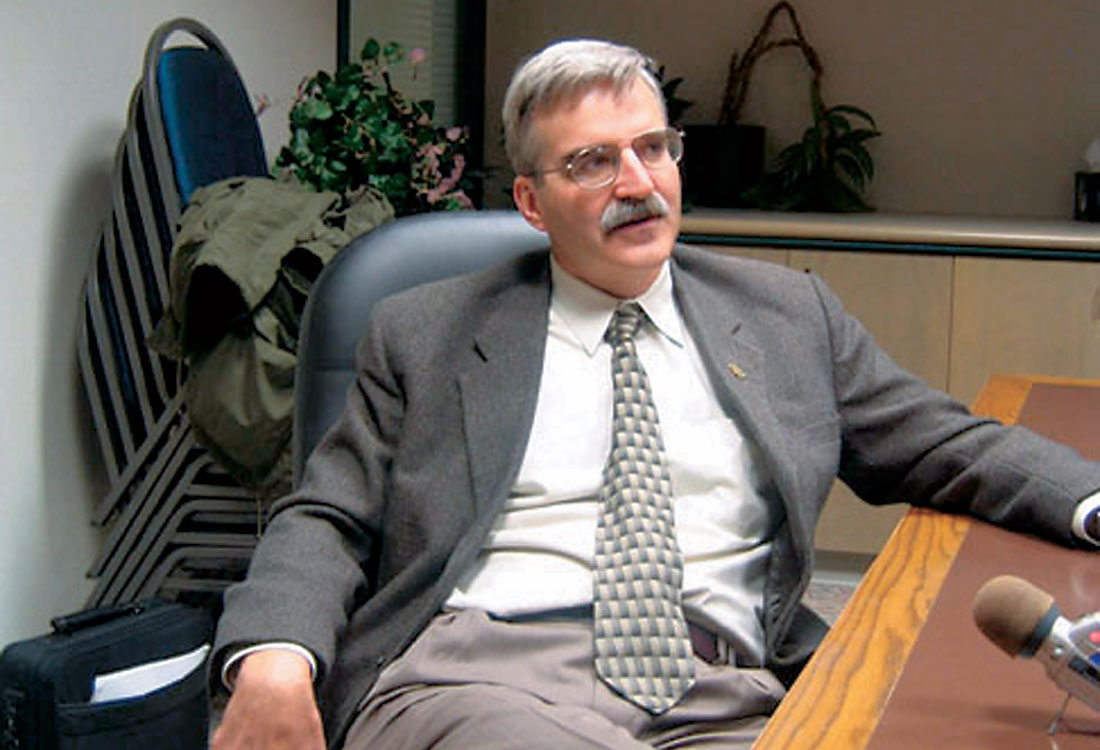
Kurt, can you tell us about the research groups that you had within Amoco. A lot has been said by other interviewees about the really good research that was done in Amoco that helped the oil industry such a lot during those years. Now that all that has been dismantled, that type of research should go to the universities. Do you think that is happening? And first of all I would like you to tell us something of that research that was being done at Amoco during those years.
We did a lot of research and it was a wonderful place to work. My colleagues were great and the support staff – that’s one thing I miss most – the great support staff. At Amoco , even towards the end, we always had 10 or 15% of our time to think of great ideas. One of our managers, Gordon Grieve, had a project he called Serendipity, so we would charge our time to the serendipity project.
I would like to know some of the topics that were researched and that should be done now by universities because oil companies are not going to do that kind of research. Is that happening?
The topics evolved over time. When I joined Amoco in 1981 the research was very specialized and very compartmentalized. We did wonderful research in seismic signal analysis, seismic modelling and seismic imaging and then we had a separate group that did all the geologic work – pore pressure prediction and stratigraphy and so on and then we had a computer science group that worked on visualization and parallel processing. What happened over the years – the bad thing about Amoco was that we always seemed to be re-organizing and the good thing about Amoco was that we always seemed to be re-organizing, about every two years. At the end, computer science, geophysics and geology were all the same. They were one group and we were integrated teams and that allowed for a great spurt of integrated work like sequence stratigraphy and seismic attributes, finite element modelling of structures and seismic wave propagation. In the last five years at Amoco the research was data driven; it focussed on business problems so even though our salary was paid by the West Texas production fields, the company’s growth was going to be in the Nile Delta, west Africa, etc, so our research was focussed on their data problems. That was really good, it drove us to think of how we could add value to those data problems. In the university I carried that over. At the University of Houston our problems are data-driven and that’s why it was very difficult to get started because we didn’t have any data.
Now, about transfer of research from oil company labs to universities. That sounds very good but a problem that exploration geophysics programs in the States are having is that the two biggest funders for academic research are the National Science Foundation and the Health and Human Services. We are clearly not aligned with Health and Human Services even though we are human beings Rocks are inhuman. The NSF supports fundamental research but it goes through a peer review process, typically by other academic people, so being able to get NSF funding for things that are in support of the oil industry is very difficult. Not because of Washington, DC, but because of my peers at other universities who are doing very good work on crustal dynamics, mapping the structure of the core, global tomography, etc. Basically the feeling of the peer group is that the oil industry should fund its own research. The Department of Energy is good but their funds are contracting and I won’t get into the politics of why. What happened with the mergers in terms of university support is when companies merge one of the ‘synergies’ of the merger is to cut external costs. So if you have two or three companies that merge into one company they just want to pay the same as one company did previously. I think it’s a great idea that the research should be done in the universities but there’s a problem with the funding.
It’s not being done as it should be.
It’s not for me to say how the funding should be done. Let’s say it’s not being done as I would like. The big problem is that the super major companies are new merged versions of what were the major supporters of technology in universities. Then there are the independent oil companies that are now 5 or 6 billion dollar companies who don’t have a tradition of funding technology. There’s a learning curve for them – why are they funding external technology and then what are they going to do with it? They are certainly not going to write software or implement universities’ codes. The oil company wish (super major and large independent) is that the service companies, since they are the major marketers of technology, would be the major supporters of university research. The disconnect is that the service companies are too poor.
What is the trend for enrollment in Geophysics at the University of Houston, in the US and around the world?
I had the privilege of sitting on the IRIS committee (the Incorporated Research Institutes on Seismology) and they’re doing this work on Big Foot, the US array that will map crustal structure, like Lithoprobe in Canada. My peer group at those 100 universities say their enrollment is going down. What’s most surprising, is that among their international students, from places like your homeland, where there is a great need for earthquake seismology and even nuclear regulatory work, that fewer students want to study geophysics. They feel that if they’re going to do all this Math and Physics that maybe they should become a civil engineer with greater job opportunities. This has been the trend for some time with US nationals studying solid earth geophysics. At the University of Houston it’s quite different . We have easily 2 or 3 times as many students apply for admission than we can support. These folks are looking for a career in the international oil business, but need a means of paying for their graduate studies. If you’re from out of state, the cost is prohibitively expensive. If you’re a Texas resident, chances are you’re paying back loans from your undergraduate education. So here’s a quote you can run across the top: “ You need to have rocks in your heart or rocks in your head to pay for your own graduate education”. As an industry, we need a way to fund these students.
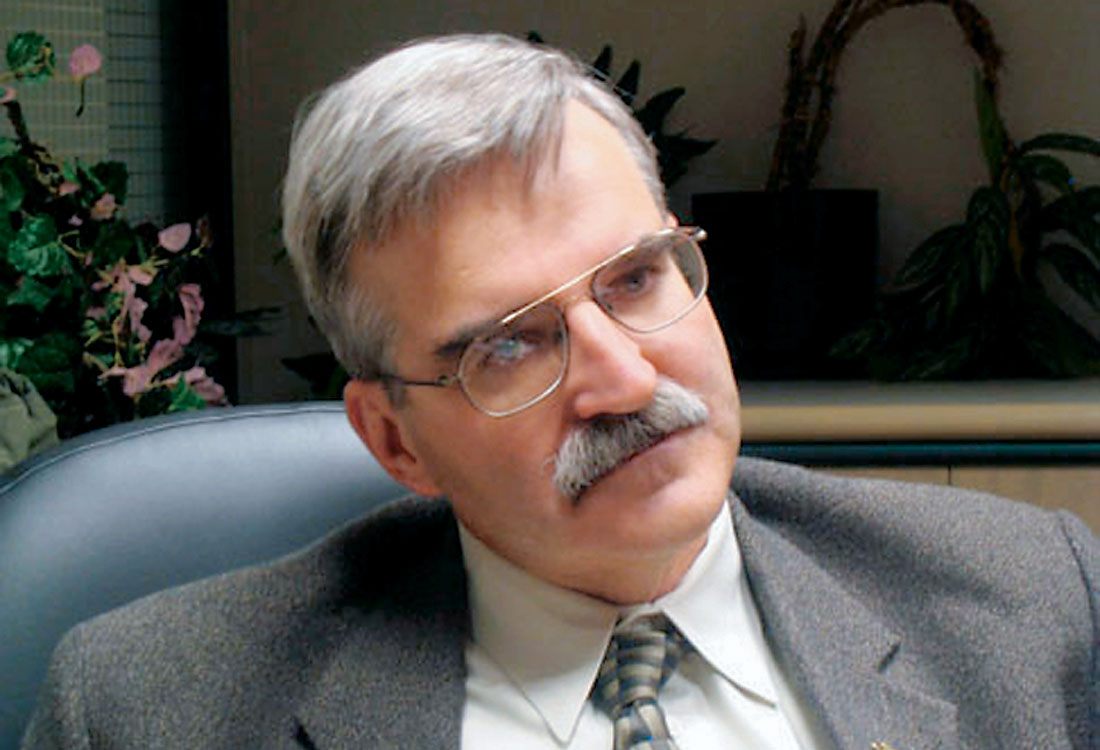
The US nationals, because they can work, tend to leave with a Bachelor’s degree, work for an oil company as a technical person, work for 2 or 3 years, pay off their undergraduate debts, get the nice car, the nice apartment and the big screen TV. Then some may note that their career isn’t going where they want and they come back as part-time graduate students. That’s half of our students and their support is by working during the day, and through company tuition reimbursement plans.
Almost all of our full time students have some kind of support. Some are supported by national oil companies. They tend to be a little more mature, know why they are there and are excellent communicators. Some are teaching assistants helping the professors with undergraduate education The rest are supported by research assistantships, currently provided by contracts with the Department of Energy, the state of Texas, with specific oil companies, and with our AGL consortium. UH is fairly young at the graduate level in Geophysics so we have very few scholarships for unfunded students. Through Bob and Margaret Sherriff working with the SEG and the Geophysical Society of Houston we have two fellowships that have made a big impact. In their first year students can’t do too much research. Their course load is heavy, they may need to perfect their English, and they have all sorts of cultural changes in moving to Houston, even if they’re from places like Nebraska. The scholarships and fellowships give them a year to make this transition. Our graduate school started in the late 60’s. The first UH PhDs in geophysics were in the 1970s. Older schools like U of Texas at Austin, Oklahoma and Colorado School of Mines have many loyal alumni who made good money and who have established fellowships. We encourage our graduates to make a bundle of money and follow this pattern!
What about the demographics of the students coming in, boys and girls, is there a good balance between the two?
We have two separate populations, part-time and full–time. Most of out part-time students tend to be US nationals, people with work permits. Most of our full-time students are international and don’t have work permits. Our part-time students are of all ages. Our full-time graduate students are typically 28-32 years old, a little older than at most schools, and the students that come from overseas will typically have four or five years’ work experience. The full-time students are about 50% women, which has been a very big demographic change in the past ten years. Our students come from East and South Asia, the Middle East, Eastern Europe, and Latin America. We’ve got a few Texans but no Canadians! We also have people who are re-focussing their careers in the oil business and are coming back as full-time students either to get a Ph.D as a capstone to their career or to be able to work as a consultant in the international community, where it helps if you have a Ph.D. We have several people in their 50’s going for Ph.Ds and yes they know more than the professors and they are wonderful to have in the classroom.
It looks like you have had a good career. What are some of your greatest successes?
For me personally? Shoot, you won’t like this. It really wasn’t technical it was more as a team leader. It was about 1988. It was an even year and it was Amoco, so we had a reorganization. Computer workstations were just coming out and we had a manager called Stan Perrera, who set up what he called a supercomputer implementation group. We were a supercomputer group without a supercomputer. We bought time at the Minnesota supercomputer centre, a mixture of government and private concerns housed in an old cannery in Minneapolis. Next, we got some of the earliest Sun workstations after realizing that the Stanford University SEP group had a better computing environment than Amoco. It was very convenient because Williams Petroleum Company was based in Tulsa, and became a big fibre optics company running fibre optics through empty pipelines ; we had them run a T1 line between Tulsa and Minneapolis. Amoco had satellite time for our our marine seismic acquisition QC project. So all of a sudden we had an opportunity to solve all of the problems of networking, moving big data a round, of visualizing results, of interacting with people in the London office using satellites. We got rid of all the paper. The part that was most fun was that I had a group called the Cinderella Group, which was a bunch of people that the other geophysical team leaders didn’t really know what to do with. We were a bunch of geeks and were able to stick our nose in everybody’s business – basin modelling, prestack depth migration, magnetotelluric modelling and fluid flow. We got to look at everybody else’s software and and improve it for our supercomputers. We were loved and we learned a lot.

[Penny]: I was just thinking about how Enders Robinson said that when he was first with the geophysical computing group at MIT, it was originally the oil companies that wanted simulations done on economics on those computers. The geophysicists got about half the time on the first MIT computers.
Geophysics ate 90% of the resources and the engineers 10%. There were three things that came in: the workstation, that allowed you to do fast visualization and quick interactive processing of 2D and 3D data sets, then the supercomputer and third, all the networking. We were able to send images back and forth to London or Houston or Calgary, and this was 1988, before networking became really popular.
[Penny]: In 1989 Amoco took over Dome Petroleum and I had a chance to send some data to Larry Lines in Tulsa. I was trying to pick the shear wave on downgoing VSP data and I knew they were already doing finite difference modelling – it was pretty impressive.
If there are openings for geophysicists, what skills are necessary for them to take up geophysics as a profession?
Well that’s really a question for you, the employer, sir, isn’t it? I would say, first and foremost, the skill has to be communication. They have to communicate what they do. They work for an oil company and give data to someone like you at CoreLab to solve their problem, hopefully with a very large sum of money, and then take it to a second company and add something else on and they need to bring it back together and communicate it to their team. They have to be able to communicate and to know what the important stuff is. You always have to have fundamental skills but there’s a balance between hard and soft skills.
The geophysics industry in the States is becoming more and m o re Houston-based so they also need to be prepared to move to assignments overseas. My grandfather worked for one company in Buffalo, NY, for his entire life. Now my generation changes its specialities and works for multiple companies. You may start as a processor, go into AVO analysis, become an interpreter, become a manager, move out of management and become an interpreter again. So you move position to position and from company to company, including being unemployed for periods of six months. The next generation needs to be able to switch careers. It might be geoscience for a while, then it might be environmental or civil engineering or urban planning. Undergrads need to have a real good understanding of GIS because there are a lot of jobs out there in urban planning. For an undergraduate that would be a big skill. Foreign language skills are useful, too, not for the technical work, but for building trust and teamwork with the national entities that own the oil, and can provide access to the rocks.
Would you tell us about some of the persons who impressed you during your geophysical career?
Wow. That’s tough because I’ve known so many good people. My professor was John Kuo. It wasn’t always a harmonious relationship but he was a good role model. Everything he did was to help the university and the students. I ate beans and chewed geophysics every day with luminaries like Sven Trietel, Larry Lines, and Sam Gray. I do the same today with Bob Sheriff and Fred Hilterman. But the fellow from whom I learned the most was a processor with no geoscience academic credentials in Amoco’s Houston office called Bill Felinski. In 1989 I spent a year in Houston working the Central Mediterranean and while there Bill taught me how to process seismic data. Was he ever clever! But what was most humbling is that he showed me how to use software that I had written myself! Bill was the race car driver. I was the race car mechanic. Until then I had always equilibrated ‘genius’ with research folks. This guy was a genius in the ranks. I’ve met plenty such folks since in both processing and interpretation.
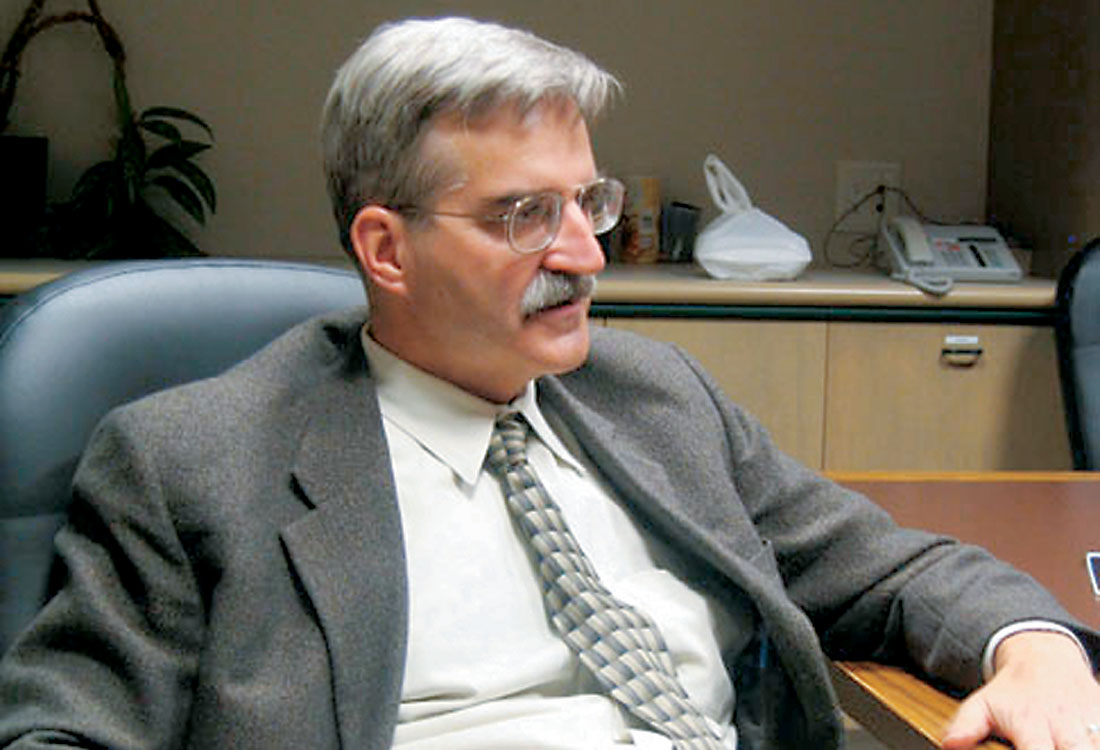
According to you, what are the new technology trends in the industry today?
Let me focus on my area of current expertise. In the attribute world, and therefore in seismic interpretation, it’s going to be texture analysis and computer-aided interpretation, which a regrowing very, very rapidly. Geophysics is a small community so we build upon work being done in other industries. One of the reasons when, in Amoco, geology and geophysics merged, geophysics seemed to do better is because we were always building new things based on new computer science. Every year we were able to do problems that were three or four times bigger, while the geologists using microscopes got only marginally better. Our management therefore thought geophysicists were smarter. There is so much being done on feature recognition, much of it for security reasons, from buying habits to recognition of a criminal on the street. Those things are evolving rapidly and we are using them. Voice recognition, eigenfaces, retina scanning – these things are driving what we can do in seismic interpretation. We are in for a great ride.
Apart from attributes, do you foresee any other areas of growth?
Well, my predictions haven’t been that good, I thought multicomponent would really take off and it hasn’t yet. Oh, is that the end of the tape?
Unfortunately, yes. I would like to thank you very much for sharing your views with us today. I’m sure our readers will enjoy reading them.
It was my pleasure.











Share This Interview